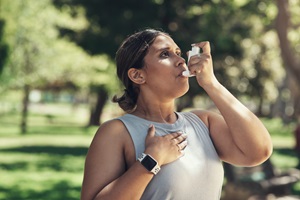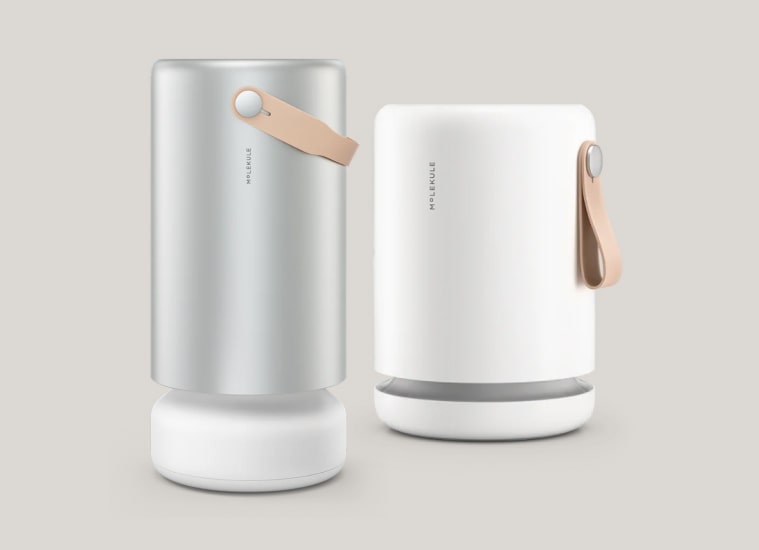How Exercise Can Affect Asthma and Allergies: Tips for Safe Workouts

Exercise is a cornerstone of a healthy lifestyle, but for individuals with asthma or allergies, physical activity can sometimes trigger uncomfortable symptoms. In Camarillo, CA, where seasonal allergies and air quality concerns are common, understanding how workouts can impact your respiratory system is essential. With the right strategies, people with asthma and allergies can stay active, maintain fitness goals, and avoid flare-ups.
How Exercise Can Trigger Asthma and Allergies
While exercise is generally beneficial, it can exacerbate asthma or allergy symptoms in some individuals due to several factors:
- Exercise-Induced Asthma (EIA): Physical activity can cause the airways to narrow, resulting in coughing, wheezing, chest tightness, or shortness of breath. Symptoms may appear during or immediately after exercise, often triggered by intense aerobic activity.
- Environmental Allergens: Outdoor exercise exposes individuals to pollen, dust, mold, and other allergens. High pollen seasons in Ventura County can significantly worsen allergy symptoms, including a runny nose, watery eyes, and sneezing.
- Cold or Dry Air: Exercising in cooler temperatures or dry air can irritate the lungs and trigger asthma symptoms, even in those with well-controlled asthma.
Understanding these triggers is crucial for preventing exercise-related flare-ups. Individuals who frequently experience coughing or wheezing during activity should consult an allergist or pulmonologist for personalized management.
Tips for Exercising Safely with Asthma and Allergies
1. Choose the Right Environment
Indoor workouts are often safer during peak pollen seasons or days with poor air quality. Gyms, pools, or home exercise routines reduce exposure to outdoor allergens. When outdoor exercise is preferred, check local pollen counts and air quality reports, and try to avoid peak exposure times, such as early mornings.
2. Pre-Workout Preparation
Proper preparation can make a significant difference in symptom control:
- Use prescribed inhalers or medications before exercise, as directed by your doctor.
- Perform a gradual warm-up to reduce the risk of sudden airway constriction.
- Take allergy medications ahead of time if outdoor exposure is unavoidable.
3. Timing Matters
Scheduling workouts around your allergy medication and local pollen patterns can reduce symptoms. Late morning or afternoon workouts are generally better than early morning sessions when pollen counts are highest.
4. Protective Gear and Hydration
Consider wearing masks when exercising outdoors during high pollen or dust levels. Hydration is essential, as water helps keep mucus thin, easing breathing and reducing irritation in the airways.
5. Post-Workout Care
A cool-down period is crucial to prevent sudden airway narrowing. After exercise, rinse off or shower to remove allergens from the skin and hair. This can reduce post-workout allergy symptoms significantly.
6. Personalized Management
Working with an allergist in Camarillo, CA, can help develop a customized exercise plan that considers asthma triggers and allergy patterns. Allergy testing may identify specific triggers, helping you avoid exercises or environments that worsen symptoms.
Stay Active Safely
Exercise should enhance your health, not compromise it. With careful planning, awareness of environmental factors, and guidance from medical professionals, individuals with asthma and allergies can enjoy active, fulfilling lifestyles.
Contact Allergy, Asthma, and Immunology Medical Group at 805-658-9500 in Camarillo, CA, to create a personalized exercise and allergy management plan that keeps you safe and symptom-free.




